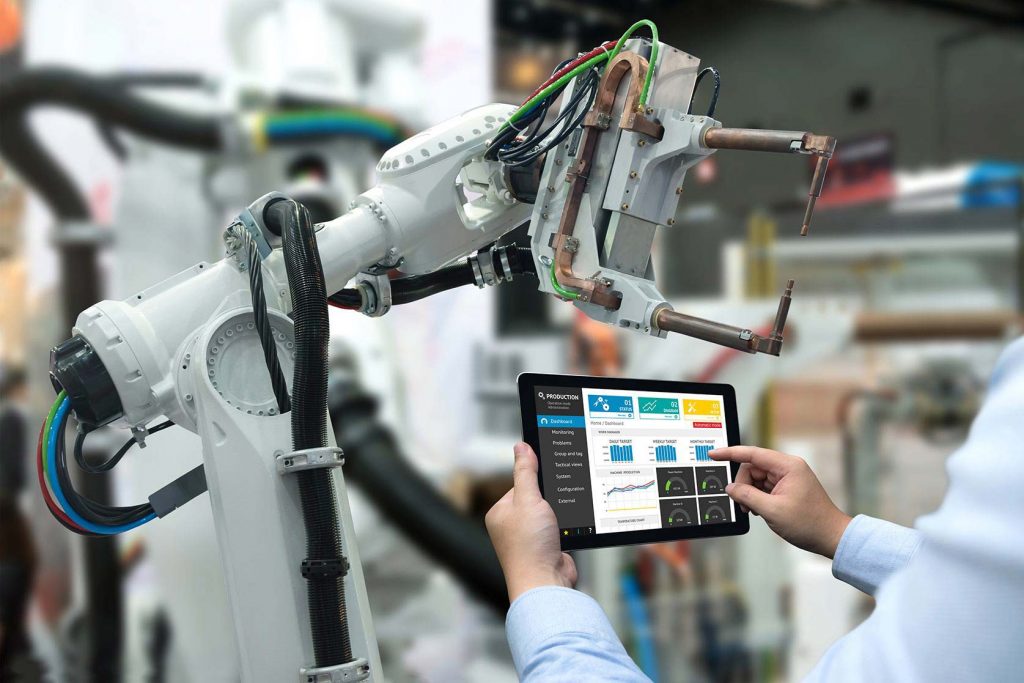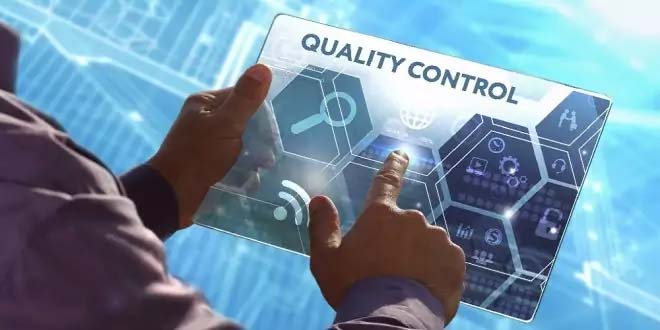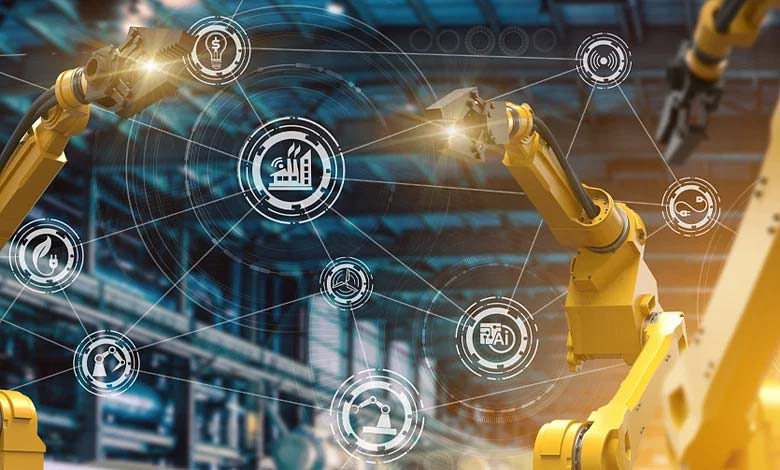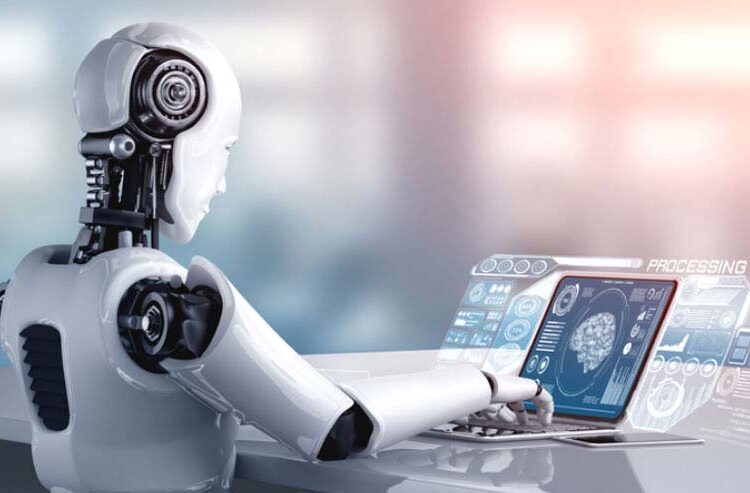
Artificial Intelligence (AI) automation has become a popular tool in the mass production industry. It is being used to improve efficiency and productivity in various production units. With the advancement of technology, AI has become increasingly popular and has replaced human labor in many industries. In this article, we will discuss how AI automation is replacing humans in mass production units.
Check: Success Quotes
Also read: Microsoft Edge and OpenAI team up to bring new features to users
Introduction to AI Automation
AI automation is the use of machines and other technologies to perform tasks that were previously done by humans. In the mass production industry, this includes assembly lines, packaging, and quality control. By using AI automation, companies are able to reduce costs and increase productivity, leading to higher profits. AI automation has become a popular tool in the mass production industry as it can perform tasks at a faster rate and with greater accuracy than humans.

AI automation also has the potential to improve safety in the workplace. In many cases, mass production units involve repetitive and physically demanding tasks that can lead to injuries or long-term health problems for workers. By replacing humans with machines, AI automation can help reduce the risk of workplace injuries and create a safer working environment. This not only benefits the workers themselves but also the companies that can avoid costly lawsuits, compensation claims, and damage to their reputation.
Impact on the Workforce

One of the most significant impacts of AI automation in mass production units is on the workforce. As machines become more advanced and capable of performing complex tasks, the need for human labor decreases. This can lead to layoffs and unemployment for workers who were previously employed in these industries. However, it is important to note that AI automation also creates new jobs for workers who have the necessary skills to operate and maintain these machines. Companies can invest in training programs for workers to help them adapt to the changing job market and acquire new skills.
Check: Diploma Student Result
Also read: How AI is Replacing Humans in Mass Production Units
Benefits of Robotics in Mass Production Units
Robotics is a type of AI automation that has become increasingly popular in mass-production units. These machines are able to perform tasks quickly and efficiently, without the need for breaks or rest. They also have the ability to work around the clock, improving production output. Additionally, robotics are able to perform tasks that are too dangerous or difficult for humans to complete. For example, robots can handle heavy machinery and dangerous chemicals, making production safer for workers.

Robotics can also improve product quality and consistency. As robots are programmed to perform tasks with precision, they are less likely to make mistakes or errors, resulting in a more consistent final product. This is especially important in industries that require high levels of precision, such as electronics or aerospace. Additionally, robotics can be programmed to detect and correct any errors in the production process, leading to further improvements in product quality. This not only benefits the company but also the end consumer who receives a product of higher quality.
Improving Efficiency and Quality Control

Another benefit of AI automation in mass production units is the ability to improve efficiency and quality control. Machines are able to perform tasks at a faster rate and with greater accuracy than humans, resulting in fewer errors and defects in the final product. This leads to increased customer satisfaction and improved brand reputation. AI automation can also detect defects and errors in real time, allowing companies to quickly address them and improve the quality of their products.
Check: Funny Memes
Also read: Windows 12: What to Expect from Microsoft’s Latest Operating System
Future of AI Automation in Mass Production Units
The future of AI automation in mass production units is expected to continue to grow and evolve. As machines become more advanced, they will be able to perform increasingly complex tasks and take on more responsibility. For example, AI automation can be used to monitor and manage inventory, ensuring that production runs smoothly and efficiently. However, it is important for companies to consider the impact on the workforce and to invest in training programs to help workers adapt to the changing job market.

The integration of AI automation with other advanced technologies such as the Internet of Things (IoT) and big data analytics is also expected to shape the future of mass production. By collecting and analyzing vast amounts of data in real time, companies can optimize their production processes and make informed decisions. For instance, the IoT can provide real-time information about the condition and performance of machinery, enabling companies to predict and prevent downtime. This integration can also improve quality control by enabling real-time monitoring and early detection of defects. Overall, the future of AI automation in mass production units holds great potential for improving efficiency, productivity, and profitability while ensuring safety and quality.
Advantages and Disadvantages of AI is Replacing Humans
Advantages:
- Increased efficiency and productivity through automation of repetitive tasks
- Reduction in errors and defects due to improved accuracy and precision
- Improved safety conditions for workers by eliminating hazardous tasks
- Lower labor costs for businesses as AI machines require less maintenance and don’t require benefits
- Ability to operate continuously without breaks or rest, leading to higher output
- Ability to adapt to changing conditions and optimize production, resulting in greater flexibility and responsiveness.
Disadvantages:
- Job loss and decrease in employment opportunities
- Dependence on machines could lead to a loss of important skills and knowledge
- Potential for economic inequality and social unrest
- Ethical concerns surrounding the use of AI in replacing human labor
- Reduced quality of life for workers who lose their jobs
- Potential for increased reliance on foreign production or outsourcing.
Check: B.E Student Syllabus
Also read: How to Customize and Optimize Your Windows 11 Experience






